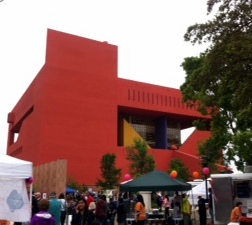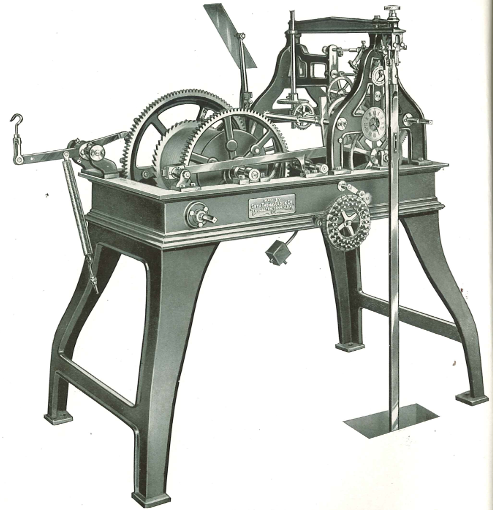(For a Friday, a little change from the usual – a post about traveling, history, and an insufficient command of French … but an appreciation for good food and small country inns. This is included my ebook “Travels With Blondie.”)
I have been flipping over the pages of my battered Hallwag Euro-Guide, attempting to reconstruct my hopscotch itinerary on little back roads across France, at the wheel of the VEV in the early autumn of 1985. I avoided the big cities, before and after Paris, and the major highways. For a foreign driver, Paris was a nerve-wracking, impenetrable urban jungle, a tangle of streets and roundabouts, and the major highways were toll-roads and expensive; much less fraught to follow the little-trafficked country roads from town to town to town. We ghosted along those two-lane country roads as much as a bright orange Volvo sedan can be said to ghost, the trunk and the back seat packed with mine and my daughter’s luggage, a basket of books, a large bottle of Metaxa brandy (a departing gift from Kyria Paniyioti, our Athens landlord) and two boxes of china and kitchen gadgets purchased from that holiest of holies of French kitchenware shops, Dehillerin in the Rue Coquilliere.
From Chartres and the wondrous cathedral, I went more or less south towards the Loire; the most direct way would been a secondary road to Chateaudun, and an even more secondary road directly from there to Blois, through a green countryside lightly touched with autumn gold, where the fields of wheat and silage had been already mown down to stubble. The road wound through gentle ranges of hills, and stands of enormous trees. Here at a turn of the road was a dainty and Disney-perfect chateau, with a wall and a terrace and a steep-sloped blue-slate roof trimmed with pepper-pot turrets, an enchanting dollhouse of a chateau, set among its’ own shady green grove. There was no historic marker, no sign of habitation, nothing to welcome the sightseer, and then the road went around a bend and it was out of sight, as fleeting as a vision.
Blois was set on hills, a charming small town of antique buildings, none more than two or three stories tall, and I seemed to come into it very abruptly late in the afternoon. Suddenly there were buildings replacing the fields on either side. At the first corner, I turned left, followed the signpost pointing to the town center; might as well find a place to spend the night. As soon as I turned the corner and thought this, I spotted the little hotel, fronting right on the narrow sidewalk. It had two Michelin stars, which was good enough for me (plain, clean, comfortable and cheap) and was called the Golden… well, the golden something or other. I didn’t recognise the French word; truth to tell, I didn’t recognize most of them, just the words for foods and cooking, mostly, and could pronounce rather fewer.
Read more

